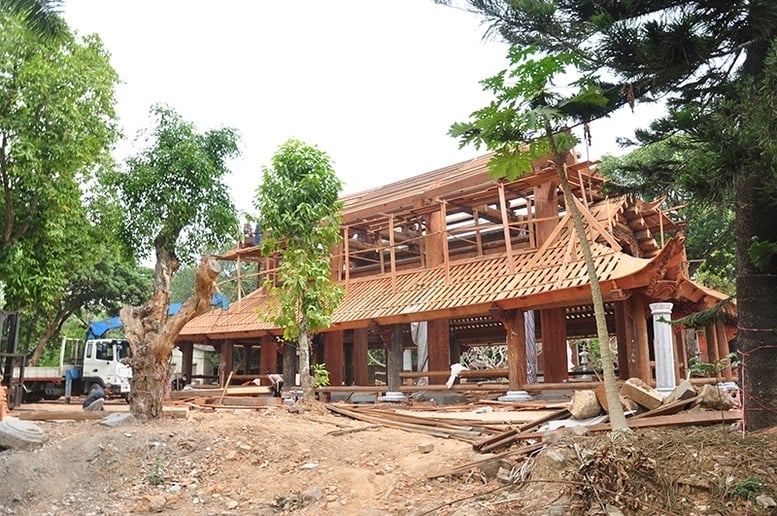
Circular 06/2025/TT-BVHTTDL provides detailed regulations on the implementation of relic restoration construction.
Prioritize the use of traditional construction methods to restore monuments.
Accordingly, the construction and restoration of relics must comply with the approved design and construction drawings for the preservation, restoration and rehabilitation of relics or the approved design and construction drawings for the preservation of relics, regulations on quality management, progress, construction volume, security, labor safety and other relevant legal regulations.
Prioritize the use of traditional construction methods, apply traditional construction techniques; preserve the original elements of the monument to the maximum extent, protect the structures and architectural components throughout the process of monument restoration.
Carried out under the supervision of the local community where the relic is located; regularly consulting with historical witnesses, experts, artisans and the local community where the relic is located.
In case of adjusting the design drawing for relic restoration, the investor reporting on the relic restoration feasibility study must consider adjusting the relic restoration construction time to ensure the quality of the project.
Fully record all activities performed at the construction site in the Construction Diary and Completion Records.
Propaganda among the people before relic restoration construction
The Circular also specifies the preparation work for relic restoration. Accordingly, the investor of the relic restoration project shall coordinate with the relic restoration construction organization to agree with the People's Committee of the commune where the relic is located on the relic protection plan and the relic restoration project implementation plan; organize propaganda among the local people where the relic is located and the team of artisans and skilled workers participating in the relic restoration construction about the value, objectives, tasks, scope and content of the relic restoration project.
The investor of the relic restoration project shall preside over and coordinate with the relic restoration construction organization to carry out the following tasks:
Receive handover of site for relic restoration project;
Demolition of a monument is the act of disassembling all or some of the structures and architectural components of a monument for the purpose of preservation and restoration while still maintaining the maximum integrity of the structures and architectural components of that monument. |
Organize the construction site for relic restoration to meet security and safety requirements; build a cover house and a structure preservation house (in case the relic must be demolished); implement a plan to protect artifacts;
Determine principles, processes and technical solutions for backup restoration of structures and architectural components in case of having to demolish relics;
Prepare materials, labor, vehicles, equipment for construction and other related work.
Carry out restoration of monuments.
The Circular specifies the steps for implementing the restoration of monuments. Specifically, the investor of the monument restoration project shall perform the following tasks:
Establish a relic assessment council and promulgate the working regulations of the council. The members of the council include the investor of the relic restoration project, representatives of organizations that establish the relic restoration project, design the relic restoration construction drawings, perform the relic restoration construction, supervise the relic restoration construction, representatives of the Community Investment Supervision Board, representatives of the Department of Culture, Sports and Tourism, Department of Culture and Sports, representatives of organizations, representatives assigned to manage and use the relic and experts in related fields. The relic assessment council is responsible for checking the results of the work specified in Clauses 2 and 3 of this Article. The results of the council's work are recorded in minutes;
Adjust and supplement the design and construction drawings for relic restoration (if any);
In coordination with the Department of Culture, Sports and Tourism, the Department of Culture and Sports shall classify and select valuable but seriously degraded architectural structures and components that cannot be reused for preservation and display at relics or at public museums where relics are located;
Coordinate with the organization that constructs and restores the relic and related organizations and individuals to organize acceptance, handover, put the relic into use and perform other tasks according to the provisions of law on construction.
The organization of relic restoration construction in cases where no disassembly or disassembly of some architectural structures and components is required is as follows:
Cover the area of structures and architectural components that need to be repaired to ensure safety;
Establish a system of symbols for architectural components and elements on the drawings and mark the corresponding architectural components and elements of the monument. Symbols marked on architectural components and elements must not affect the characteristics and value of the architectural components and elements, must be protected throughout the restoration process of the monument and can be easily removed after the restoration is completed. Take photos and record videos after marking symbols on architectural components and elements;
Coordinate with the Monuments Assessment Council to inspect and evaluate the technical condition of structures and architectural components and determine specific solutions for structures and architectural components;
Carry out relic restoration construction according to the approved relic restoration construction drawing design, the minutes of the Monument Evaluation Council or the adjusted and supplemented content of the approved relic restoration construction drawing design.
The organization of relic restoration construction in cases where the entire structure and architectural components must be disassembled shall be carried out as follows:
Construction of enclosures for relic restoration, preservation houses for structures and architectural components;
Establish a system of symbols for architectural components and elements on the drawings and mark the corresponding architectural components and elements of the monument. Symbols marked on architectural components and elements must not affect the characteristics and value of the architectural components and elements, must be protected throughout the restoration process of the monument and can be easily removed after the restoration is completed. Take photos and record videos after marking symbols on architectural components and elements;
Demolish relics according to regulations in Article 7 of this Circular;
Coordinate with the Relic Assessment Council to research and evaluate the technical status of structures and architectural components and classify and select valuable structures and architectural components that are seriously degraded and cannot be reused for preservation and display at the relic or at the public museum where the relic is located;
Carry out relic restoration construction according to the approved relic restoration construction drawing design, the minutes of the Monument Evaluation Council or the adjusted and supplemented content of the approved relic restoration construction drawing design.
Regular preservation and minor repairs of relics shall be carried out in accordance with the economic and technical norms for relic restoration in the Appendix issued with this Circular, and shall be carried out by the organization assigned to manage and use the relic or by a specialized agency in its annual plan and tasks.
This Circular takes effect from July 1, 2025.
Source: https://baobinhphuoc.com.vn/news/19/173180/tu-bo-di-tich-phai-giu-gin-toi-da-yeu-to-goc-cau-thanh-di-tich



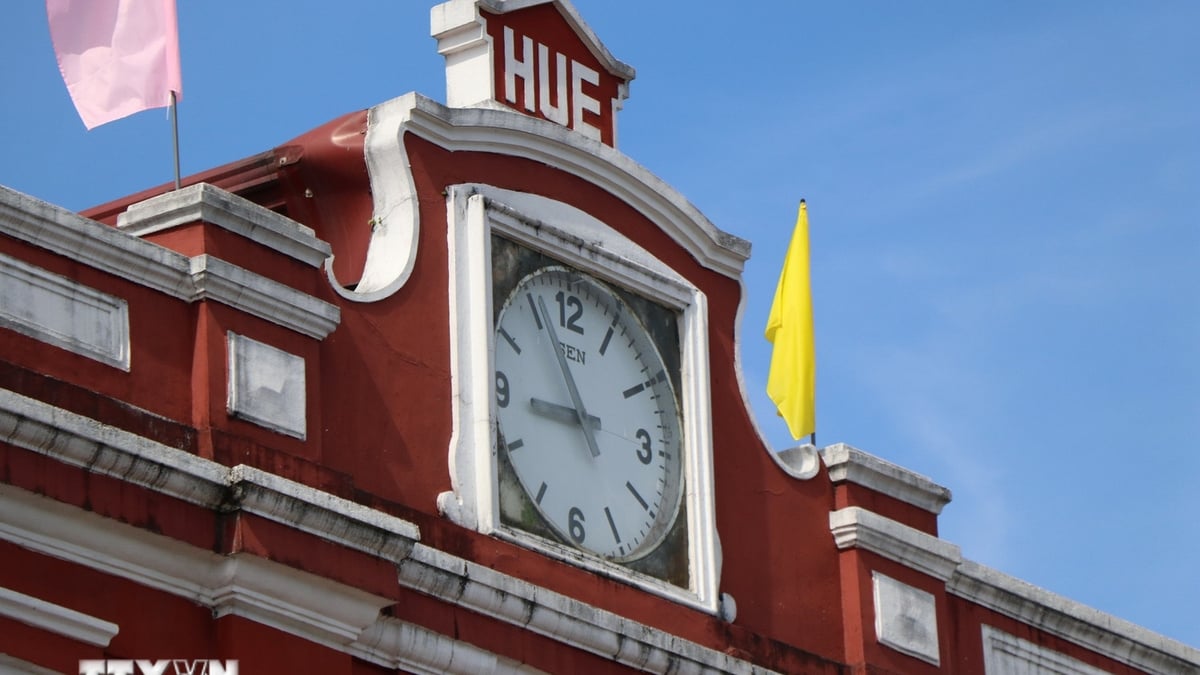

![[Photo] Funeral of former President Tran Duc Luong in Quang Ngai](https://vphoto.vietnam.vn/thumb/1200x675/vietnam/resource/IMAGE/2025/5/25/ccf19a3d8ea7450bb9afe81731b80995)
![[PHOTO] Hanoi fences off demolition of "Shark Jaws" building](https://vphoto.vietnam.vn/thumb/1200x675/vietnam/resource/IMAGE/2025/5/25/1b42fe53b9574eb88f9eafd9642b5b45)
![[Photo] Welcoming ceremony for Prime Minister Pham Minh Chinh and his wife on an official visit to Malaysia](https://vphoto.vietnam.vn/thumb/1200x675/vietnam/resource/IMAGE/2025/5/25/dc30203c3ae24da3990266ec3b29bb2d)





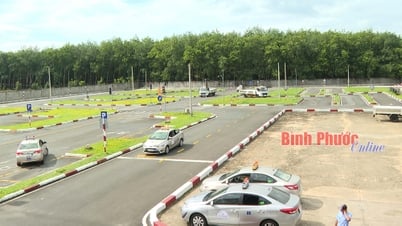


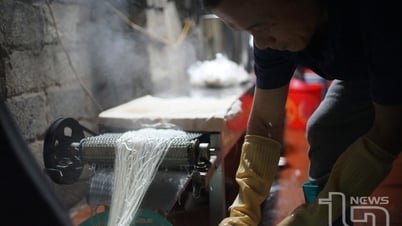







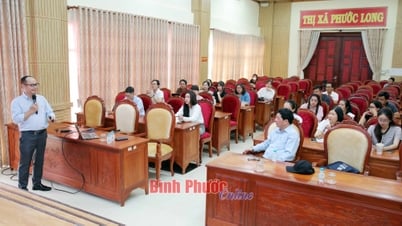
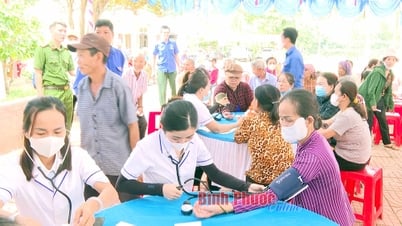
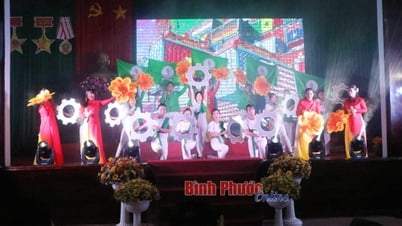






























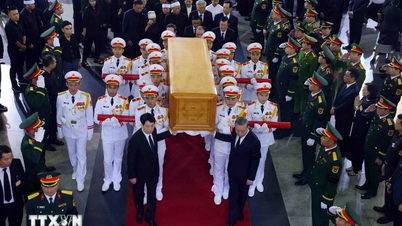


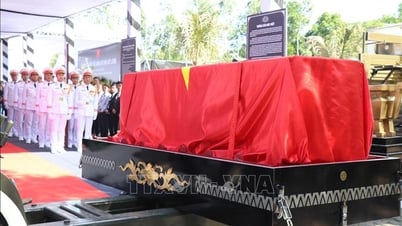











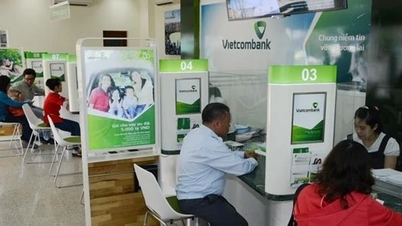





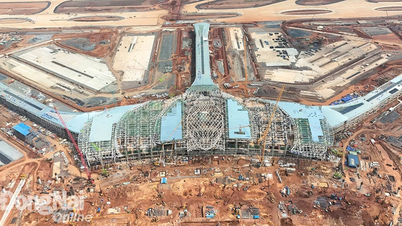














Comment (0)